How to get more battery life out of your Fitbit
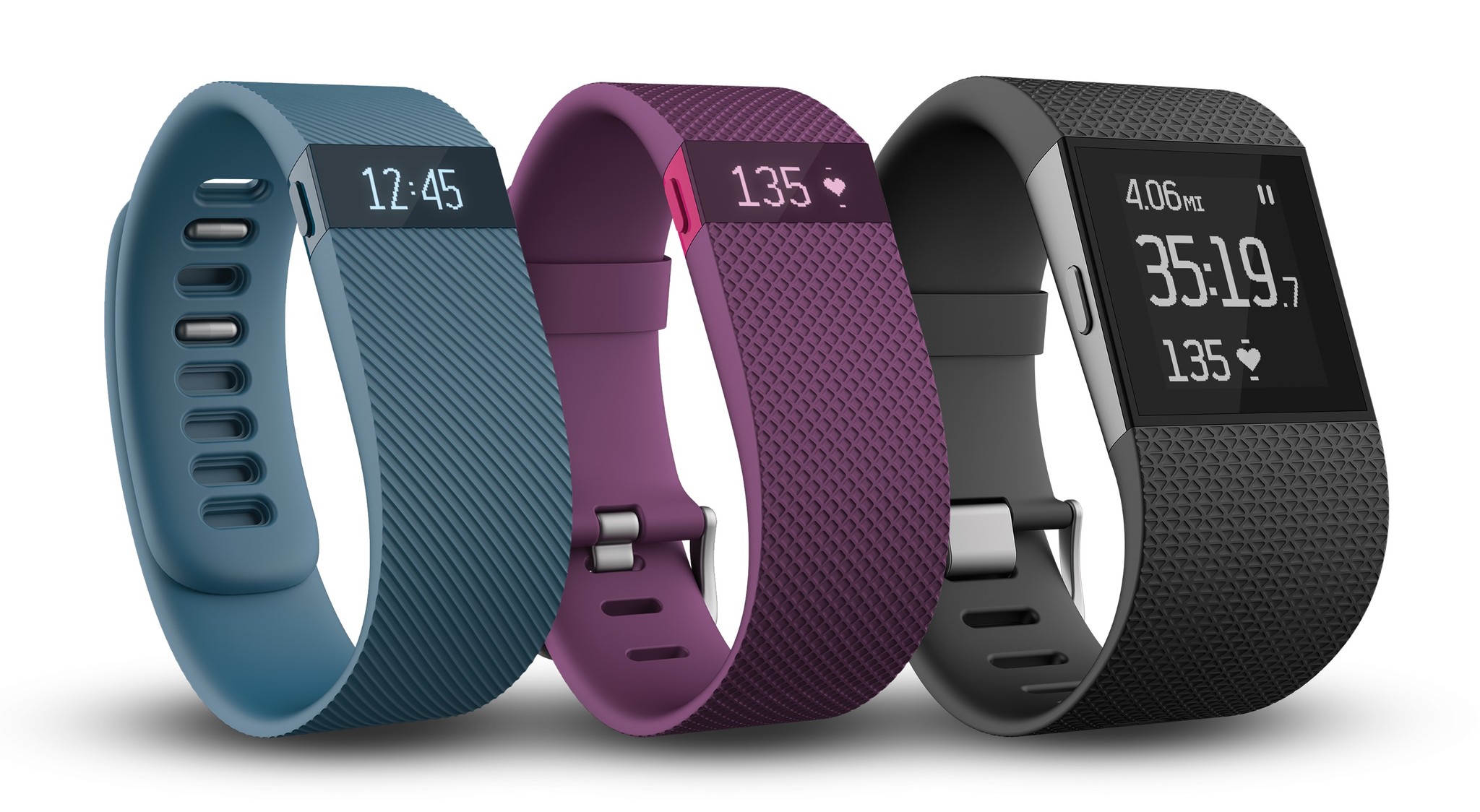
We're constantly looking for ways to extend the battery life for our favorite devices for just a little bit longer. After all, pretty much useless to you if you can't turn it on. No truer words have been written when it comes to your Fitbit. If you have it strapped to your wrist or clipped it to you waist, that low-battery warning can seem like the end of the world. You work hard to meet your Fitbit goal, so it sucks if your Fitbit ends up dying on you midway through the day.
Like most devices, there are a few tips and tricks for increasing your Fitbit's battery life, and since each device has a different size battery and slightly different features, each device is unique.
How to get more battery life from your Fitbit Zip
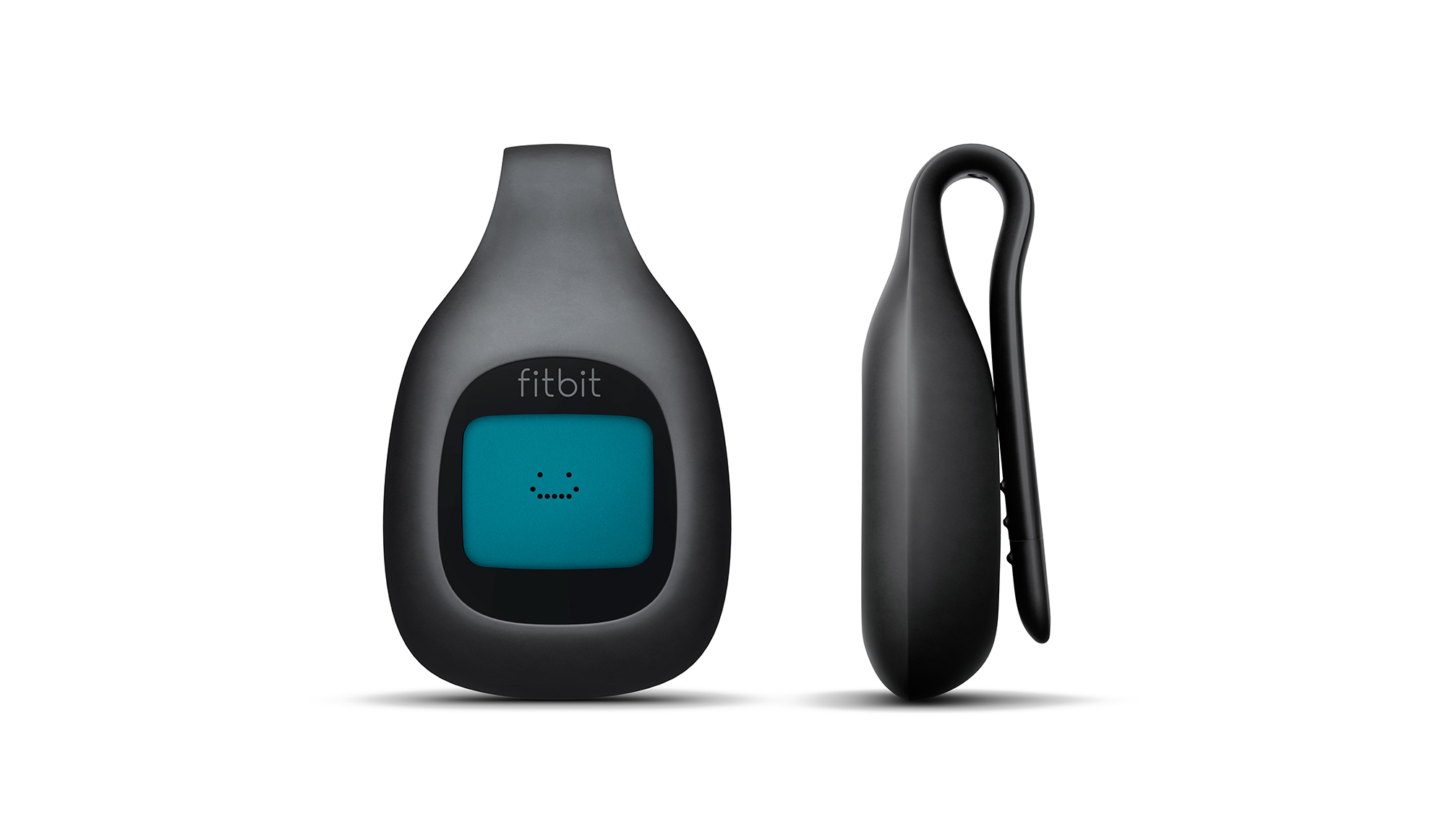
The Fitbit Zip has the longest battery life (approximately 4-6months) of any of the trackers in the Fitbit line up, and it's the only one with a replaceable battery instead of a rechargeable one. It's important to note that the Fitbit Zip also has the least amount of features. Because of the limited options you have with the Zip there is really only one way you can save some battery life with your Fitbit Zip:
- Tap your Zip less often. When you tap your Zip it will scroll through your statistics and use more battery power. So try and avoid obsessively checking your statistics too frequently.
How to get more battery life from your Fitbit One
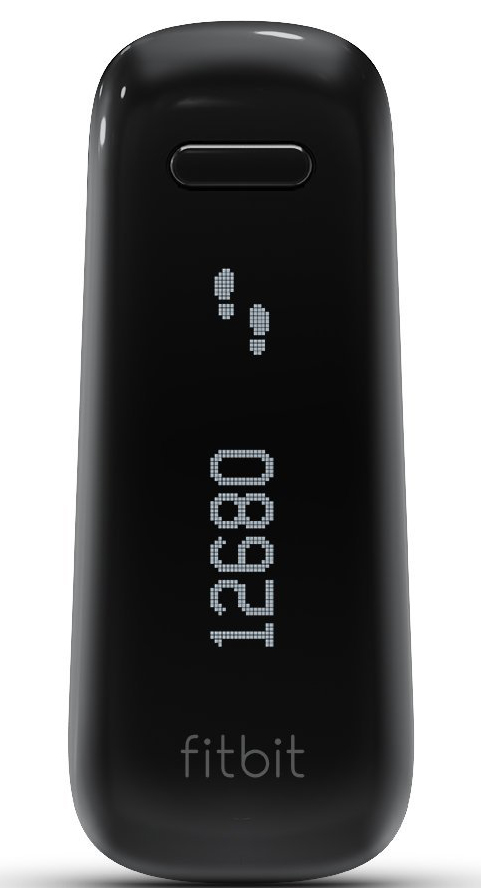
The Fitbit One has an approximate battery life of 10-14 days, although Fitbit recommends charging it weekly. A full charge typically takes about 1-2 hours. Sporting a few more features than the Zip, the One has a few more tricks to saving battery life:
- Tap your One less often. When you tap your One it will scroll through your statistics and use more battery power. So try and avoid obsessively checking your statistics too frequently.
- Set less alarms. Each active alarm will decrease the battery life a small amount. If you find yourself setting lots of alarms, try to cut back.
- Turn off All-Day sync. If you are using the Fitbit app to track your data, turning off All-Day sync will stop your Fitbit from trying to transfer data constantly, thus using less battery.
How to get more battery life from your Fitbit Flex.
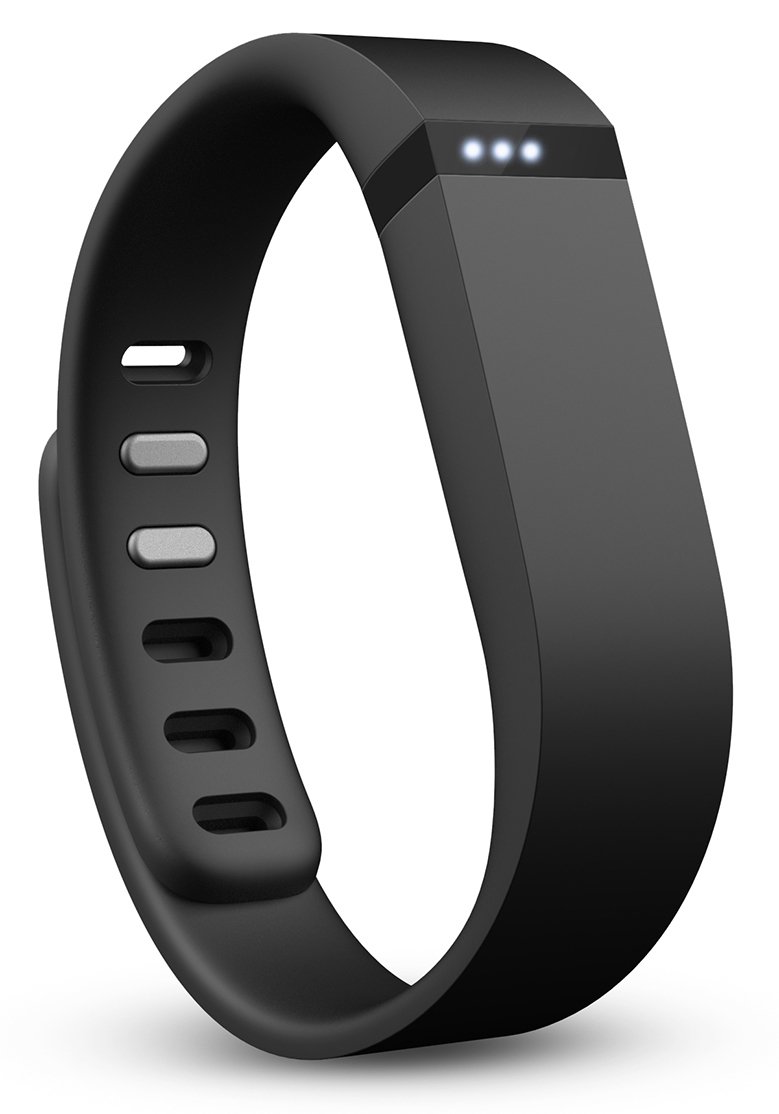
The Flex is the cheapest option for a Fitbit wristband, includes the most basic features, and has a battery life of approximate 5 days. Push it to the limit with these battery-saving tips:
- Tap your Flex less often. When you tap your Flex it will scroll through your statistics and use more battery power. So try and avoid obsessively checking your statistics too frequently.
- Set less alarms. Each active alarm will decrease the battery life a small amount. If you find yourself setting lots of alarms, try to cut back.
- Turn off All-Day sync. If you are using the Fitbit app to track your data, turning off All-Day sync will stop your Fitbit from trying to transfer data constantly, thus using less battery.
How to get more battery life from your Fitbit Charge
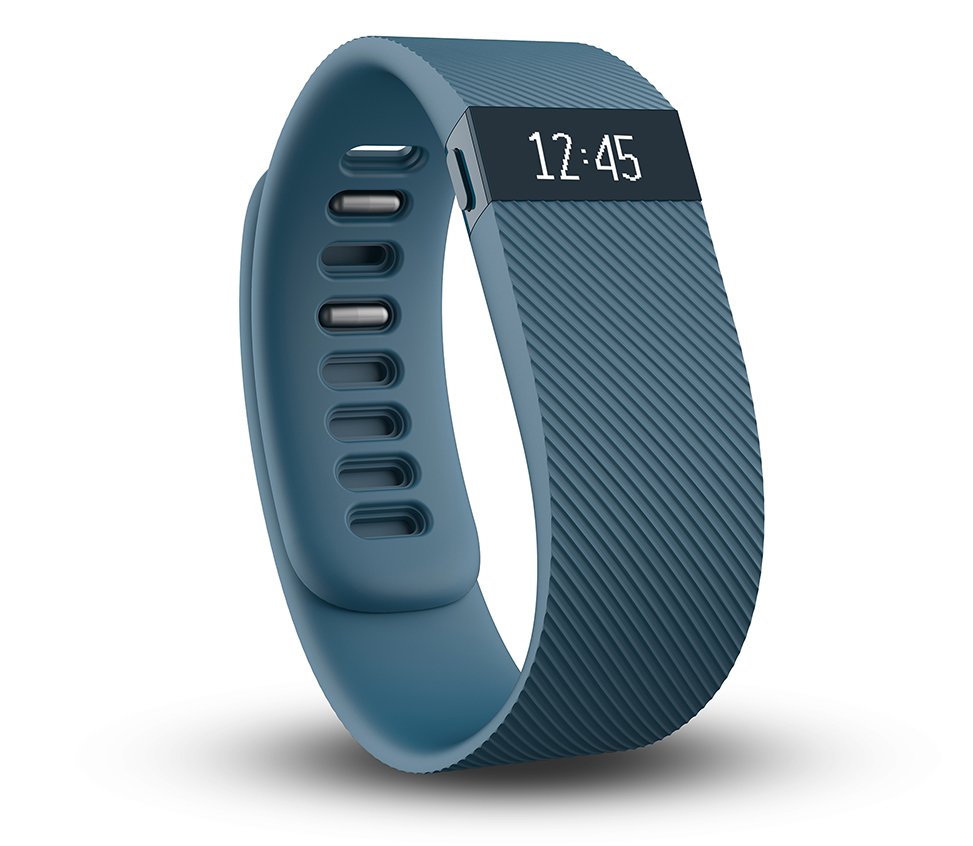
The Fitbit Charge has the longest battery life (approximately 7-10 days) of any Fitbit with a clock. A lot of that has to do with the fact that it uses Bluetooth Low Energy, which simply put means it uses less power to maintain a Bluetooth connection. Here are a few tips to get a little more juice form your Charge:
- Tap your Charge less often. When you tap your Charge it will scroll through your statistics and use more battery power. So try and avoid obsessively checking your statistics.
- Set less alarms. Each active alarm will decrease the battery life a small amount. If you find yourself setting lots of alarms, try to cut back.
- Turn off All-Day sync. If you are using the Fitbit app to track your data, turning off All-Day sync will stop your Fitbit from trying to transfer data constantly, thus using less battery.
- Turn off Quick View. Quick View lights up your Fitbit's screen when you flick your wrist towards you and sometimes can activate when you don't want it to. Turning of this feature is sure to prolong you precious battery power.
How to get more battery life from your Fitbit Alta
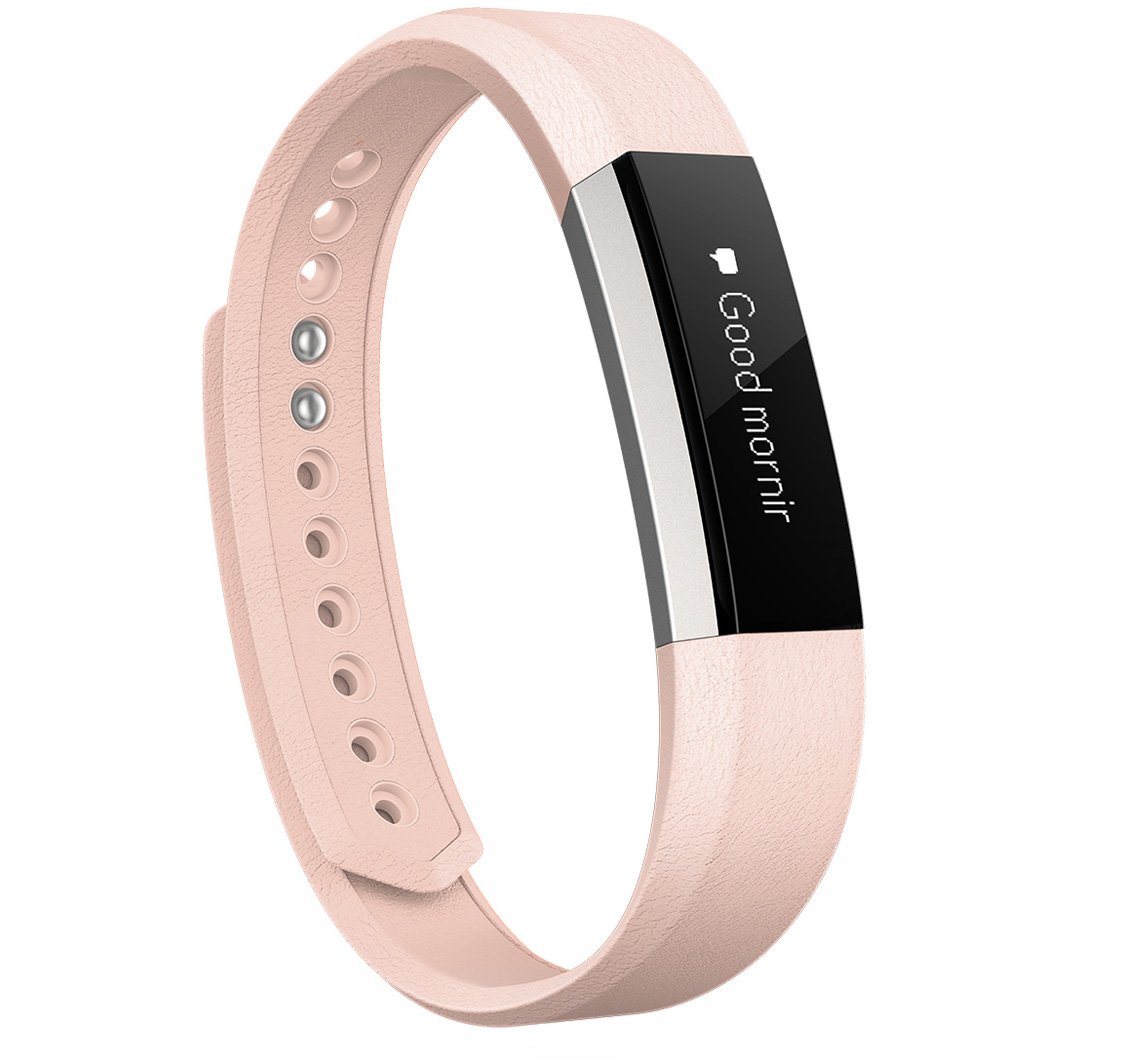
The Fitbit Alta rechargeable battery is said to have a battery life of approximately 5 days. With many of the same features as the Charge, many of the tips are the same. However, there is one more helpful bit of knowledge that could save you some battery power:
Master your iPhone in minutes
iMore offers spot-on advice and guidance from our team of experts, with decades of Apple device experience to lean on. Learn more with iMore!
- Tap your Alta less often. When you tap your Alta it will scroll through your statistics and use more battery power. So try and avoid obsessively checking your statistics.
- Set less alarms. Each active alarm will decrease the battery life a small amount. If you find yourself setting lots of alarms, try to cut back.
- Turn off All-Day sync. If you are using the Fitbit app to track your data, turning off All-Day sync will stop your Fitbit from trying to transfer data constantly, thus using less battery.
- Turn off Quick View. Quick View lights up your Fitbit's screen when you flick your wrist towards you and sometimes can activate when you don't want it to. Turning off this feature is sure extend your battery.
- Adjust the Reminders to Move feature. Having your Fitbit remind you to move every hour is a neat feature if you're stuck behind a desk all day, but it will put a slight drain on your battery. You can adjust this feature to be less frequent or turn it off all together. Both options will save some juice, but of course turning it off completely will have the greatest effect.
How to get more battery life from your Fitbit Charge HR
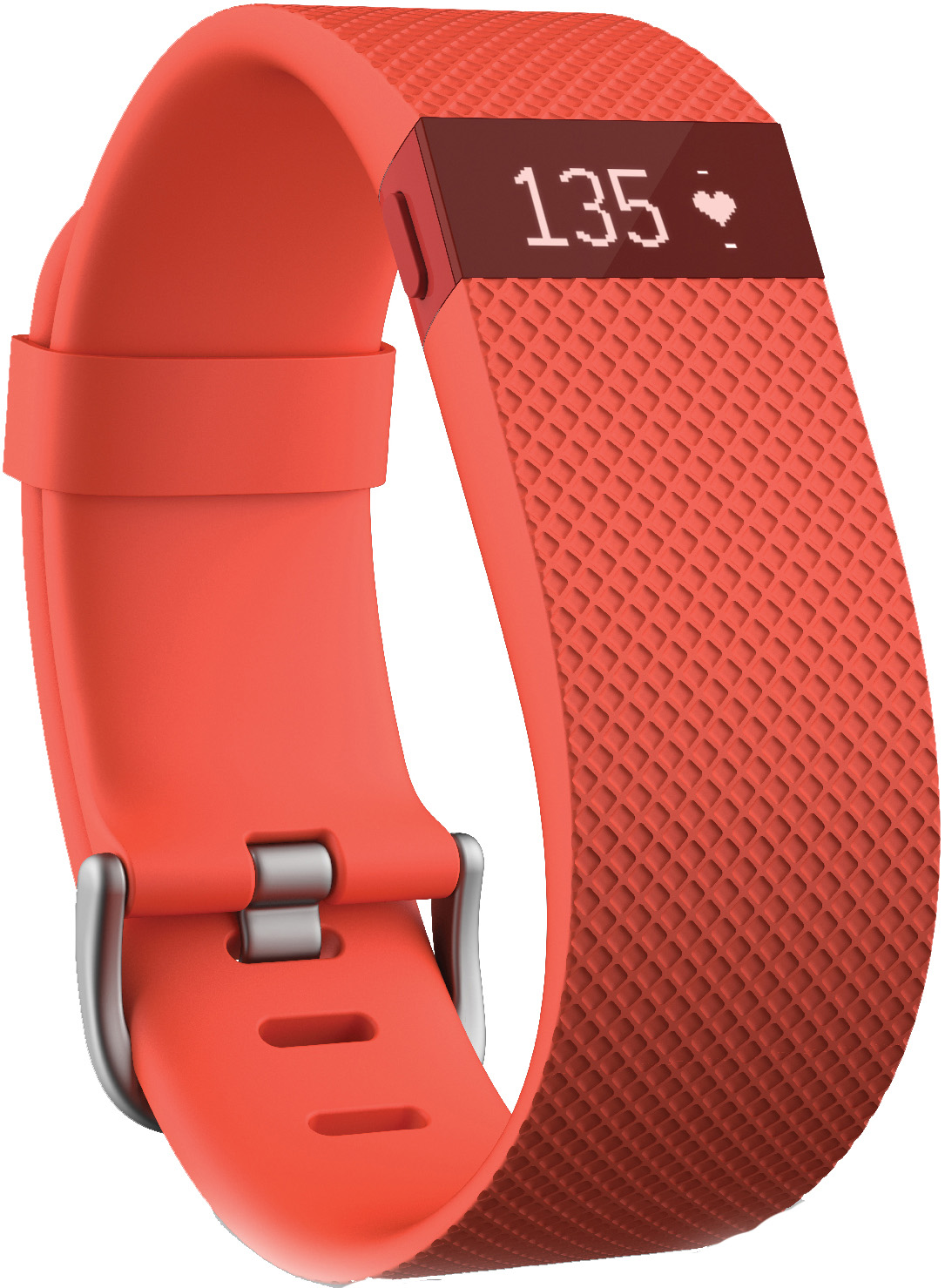
The Charge HR is the cheapest model with a heart rate monitor and has a battery life of about 5 days. The heart rate monitor is obviously has a significant effect on the battery life, but fear not! There are a few tips to help your power drain slower:
- Tap your Charge HR less often. When you tap your Charge HR it will scroll through your statistics and use more battery power. So try not to obsessively check your statistics.
- Set less alarms. Each active alarm will decrease the battery life a small amount. If you find yourself setting lots of alarms, try to cut back.
- Turn off All-Day sync. If you are using the Fitbit app to track your data, turning off All-Day sync will stop your Fitbit from trying to transfer data constantly, thus using less battery.
- Turn off Quick View. Quick View lights up your Fitbit's screen when you flick your wrist towards you and sometimes can activate when you don't want it to. Turning off this feature is sure to prolong you precious battery power.
- Turn the heart rate monitor off. Tracking your resting heart rate constantly will take its toll on your battery power, try turning off the heart rate monitor feature when you don't need it.
How to get more battery life from your Fitbit Blaze.
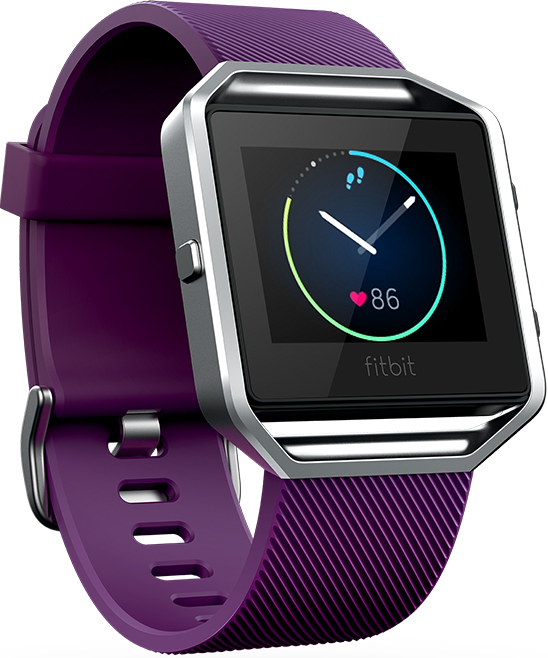
The Blaze marks Fitbit's next big step into the smart watch market. Even though it takes a lot more power than some of its less feature-packed brothers and sisters, it's said to have an approximate battery life of 5 days. There are a number of things you can do to try and get the most battery life possible:
- Set less alarms. Each active alarm will decrease the battery life a small amount. If you find yourself setting lots of alarms, try to cut back.
- Turn off All-Day sync. If you are using the Fitbit app to track your data, turning off All-Day sync will stop your Fitbit from trying to transfer data constantly, thus using less battery.
- Turn off Quick View. Quick View lights up your Fitbit's screen when you flick your wrist towards you and sometimes can activate when you don't want it to. Turning of this feature is sure to prolong you precious battery power.
- Turn the heart rate monitor off. Tracking your resting heart rate constantly will take its toll on your battery power, try turning off the heart rate monitor feature when you don't need it.
- Reduce your screens brightness. The brighter the screen, the more battery power it drains.
- Turn off notifications. If you have a lot of calls, texts, and calendar notifications, it can significantly lower your battery power. Try turning it off when you don't need it.
- Reduce the amount of music you control. Controlling music through your Blaze will suck battery life, especially if you find yourself doing it a lot.
How to get more battery life from your Fitbit Surge
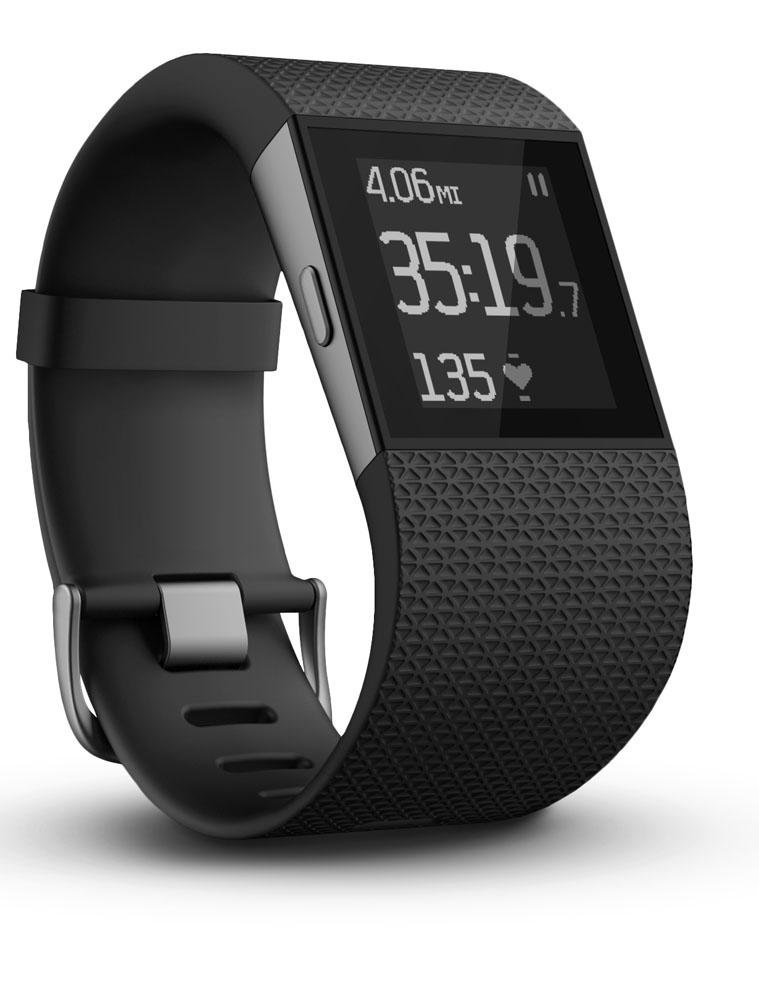
The Surge is the Fitbit workhorse. Its built-in GPS is certainly handy for tracking your runs, but it also drain battery power quite quickly. Fitbit says if you aren't using your Surge's GPS to track runs or other exercises, you should be able to get seven days out of the battery power. However, a fully charged Surge can track about 10 hours of activity with GPS, so the actual battery life for average use is a little hard to calculate. Like with all the other models, there are a few things you can do to squeeze every last ounce of battery power out of your surge.
- Set less alarms. Each active alarm will decrease the battery life a small amount. If you find yourself setting lots of alarms, try to cut back.
- Turn off All-Day sync. If you are using the Fitbit app to track your data, turning off All-Day sync will stop your Fitbit from trying to transfer data constantly, thus using less battery.
- Turn off Quick View. Quick View lights up your Fitbit's screen when you flick your wrist towards you and sometimes can activate when you don't want it to. Turning of this feature is sure to prolong you precious battery power.
- Turn the heart rate monitor off. Tracking your resting heart rate constantly will take its toll on your battery power, try turning off the heart rate monitor feature when you don't need it.
- Turn off notifications. If you have a lot of calls, texts, and calendar notifications, it can significantly lower your battery power. Try turning it off when you don't need it.
- Reduce the amount of music you control. Controlling music through your Surge will suck battery life, especially if you find yourself doing it a lot.
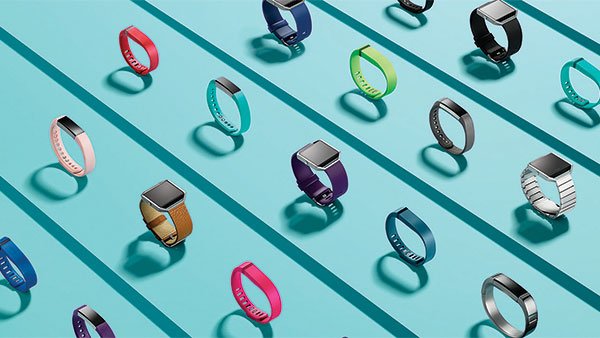
○ Fitbit Buyers Guide
○ Fitbit Users Guide
○ The Best Fitbit to Buy
○ Fitbit News
○ Fitbit Forums
○ Buy on Amazon

Luke Filipowicz has been a writer at iMore, covering Apple for nearly a decade now. He writes a lot about Apple Watch and iPad but covers the iPhone and Mac as well. He often describes himself as an "Apple user on a budget" and firmly believes that great technology can be affordable if you know where to look. Luke also heads up the iMore Show — a weekly podcast focusing on Apple news, rumors, and products but likes to have some fun along the way.
Luke knows he spends more time on Twitter than he probably should, so feel free to follow him or give him a shout on social media @LukeFilipowicz.
